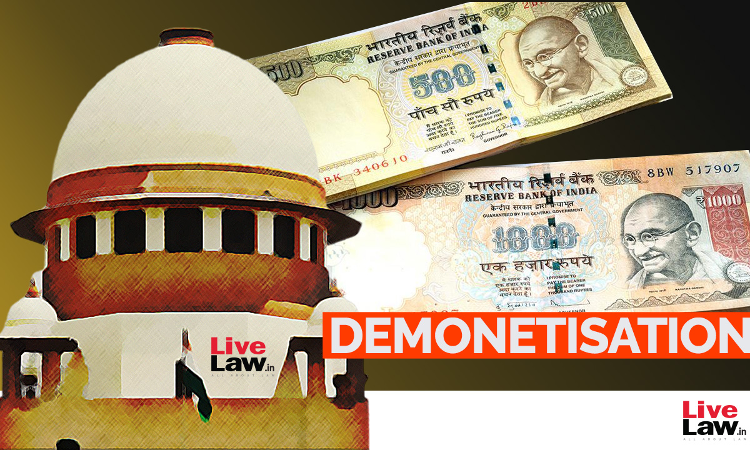The 2016 banknote demonetisation was a major step to fight "the menace of fake currency notes, storage of unaccounted wealth, and financing of subversive activities" and was not a "standalone or isolated economic policy action", submitted the Union of India in an affidavit. This policy was "a well-considered decision" and "an important action" in a series of economic policies and events,...

